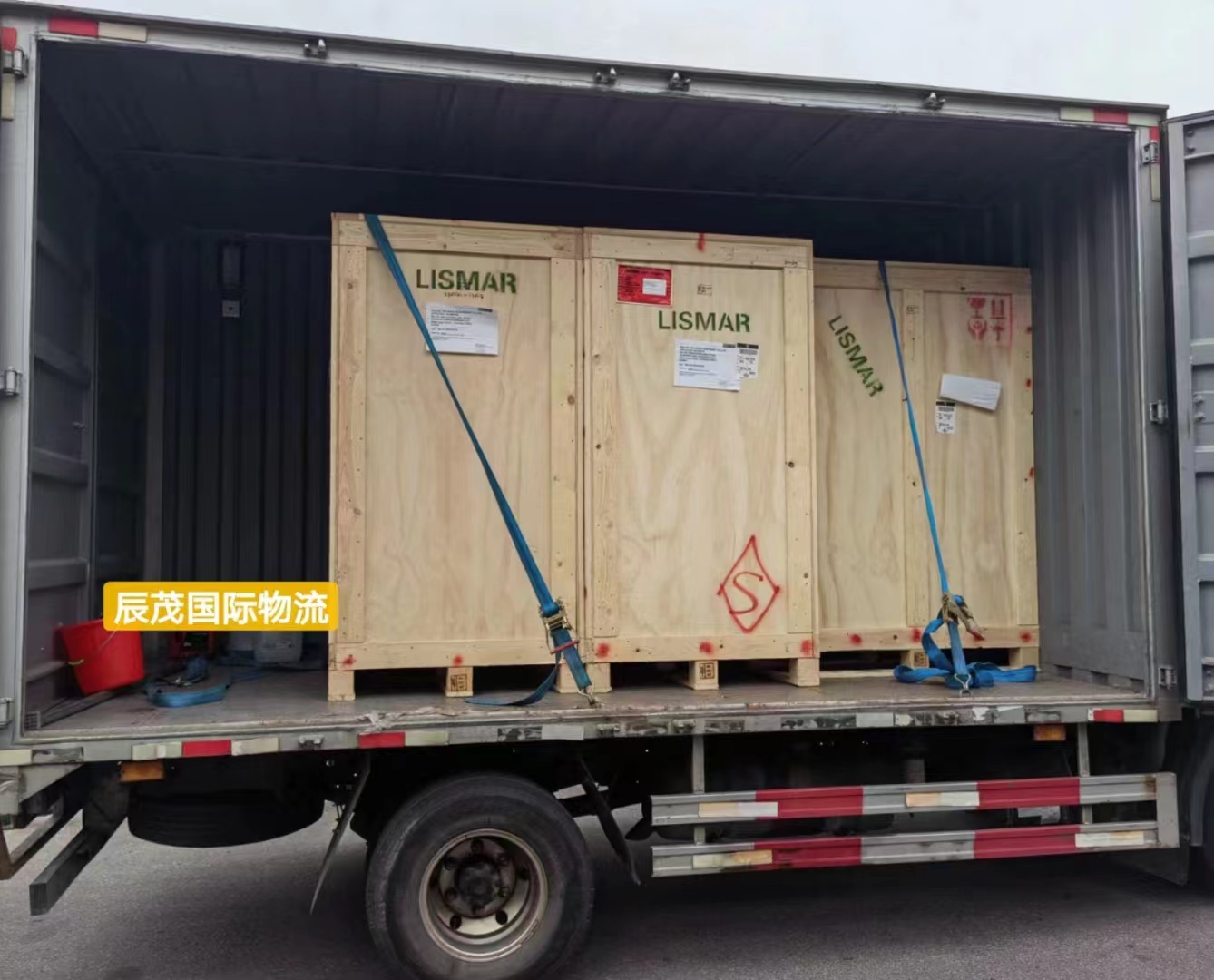40hq Feet Whole Container Door to Door DDP Fba Amazon Freight Forwarder Sea Shipping Agent From ningbo ,shnaghai,guangzhou ,China to Sandy Ground,Aguila
Sea Freight Process from China
Step-by-Step Guide
Booking a Shipment
Booking a shipment is the first step in the sea freight process. Choose a reliable freight forwarder by comparing quotes and services. Provide detailed information about your shipment, including type of goods, volume, and destination. In 2022, over 23 million TEUs were exported from China’s major ports, emphasizing the need for efficient booking.
Packaging and Labeling Requirements
Proper packaging and labeling are crucial for safety and compliance. Use durable materials to protect goods. Each package must be labeled with the destination address, handling instructions, and any hazardous material warnings. According to industry standards, correct labeling reduces shipping delays by 20%.
Customs Clearance Procedures
Customs clearance involves preparing and submitting essential documents like the commercial invoice, packing list, and bill of lading. Inaccurate documentation can cause delays, costing companies an average of $500 per day. Collaborate with your freight forwarder to meet all regulatory requirements and ensure smooth processing.
Loading and Transportation
After customs clearance, goods are loaded onto cargo ships using cranes and other equipment. This stage must be handled with precision to prevent damage. China’s ports, like the Port of Shanghai, handle over 42 million TEUs annually, highlighting the importance of efficient loading practices. The ship then transports goods to the destination, adhering to the scheduled transit time.
Delivery and Unloading at Destination
At the destination port, goods are unloaded and undergo customs clearance. The freight forwarder manages the logistics of moving goods from the port to the final delivery point, using trucking or rail transport. Ensure all documentation is complete to facilitate a smooth delivery process. Efficient unloading and delivery are crucial, as delays can impact overall supply chain efficiency.

Types of Sea Freight Services
FCL (Full Container Load)
Benefits and Scenarios for Use
FCL, or Full Container Load, involves the shipment of goods that fill an entire container. This method is ideal for businesses with large volumes of cargo. Benefits include lower cost per unit, reduced risk of damage, and faster transit times. For instance, an electronics company shipping 1000 laptops would find FCL more cost-effective and secure than other methods.
LCL (Less than Container Load)
Benefits and Scenarios for Use
LCL, or Less than Container Load, is perfect for shipments that do not fill a full container. This service allows multiple shippers to share container space, making it cost-effective for smaller shipments. Benefits include lower upfront costs and flexibility. For example, a small business exporting 50 boxes of clothing can save money by opting for LCL instead of FCL.
RORO (Roll-on/Roll-off)
Benefits and Scenarios for Use
RORO, or Roll-on/Roll-off, is used for shipping vehicles and large machinery. Goods are driven onto the vessel and secured for transit. This method is efficient for automobiles, trucks, and heavy equipment. Benefits include ease of loading/unloading and cost efficiency. A construction company exporting bulldozers would benefit from using RORO due to the simplicity of the loading process.
Bulk Shipping
Benefits and Scenarios for Use
Bulk shipping is designed for transporting large quantities of unpackaged goods, such as grains, coal, and ore. This method uses specialized vessels to carry goods in bulk form. Benefits include high-volume capacity and cost efficiency for massive shipments. For example, an agricultural exporter shipping 50,000 tons of wheat would use bulk shipping to take advantage of its capacity and lower cost per ton.
Overview of Sea Freight Services
| Service Type | Benefits | Scenarios for Use |
|---|---|---|
| FCL (Full Container Load) | Lower cost per unit, reduced risk, faster transit | Large volumes, e.g., 1000 laptops by an electronics company |
| LCL (Less than Container Load) | Lower upfront costs, flexibility | Smaller shipments, e.g., 50 boxes of clothing by a small business |
| RORO (Roll-on/Roll-off) | Ease of loading/unloading, cost efficiency | Vehicles and machinery, e.g., bulldozers by a construction company |
| Bulk Shipping | High-volume capacity, cost efficiency | Unpackaged goods, e.g., 50,000 tons of wheat by an agricultural exporter |
-
RELATED NEWS